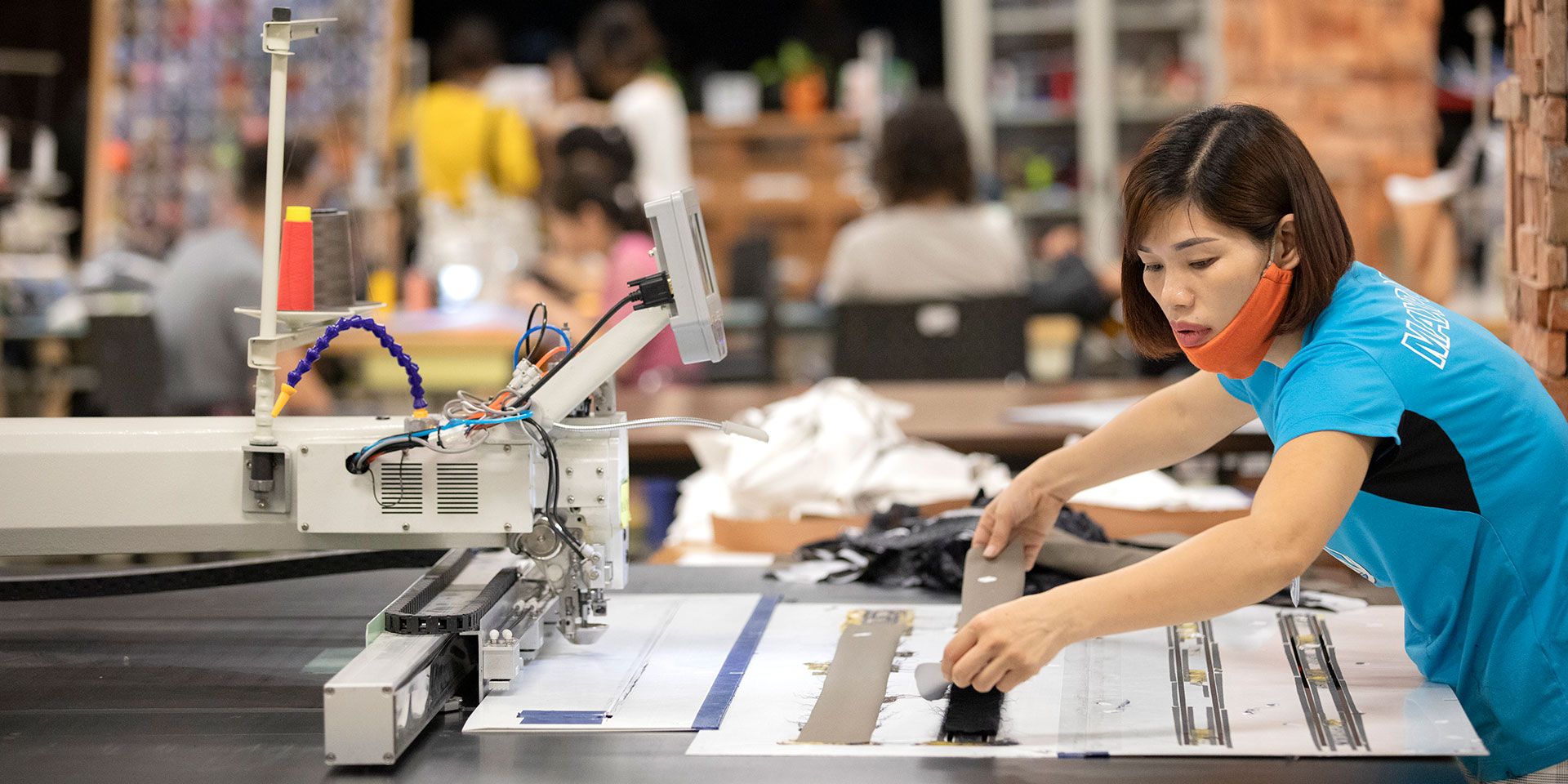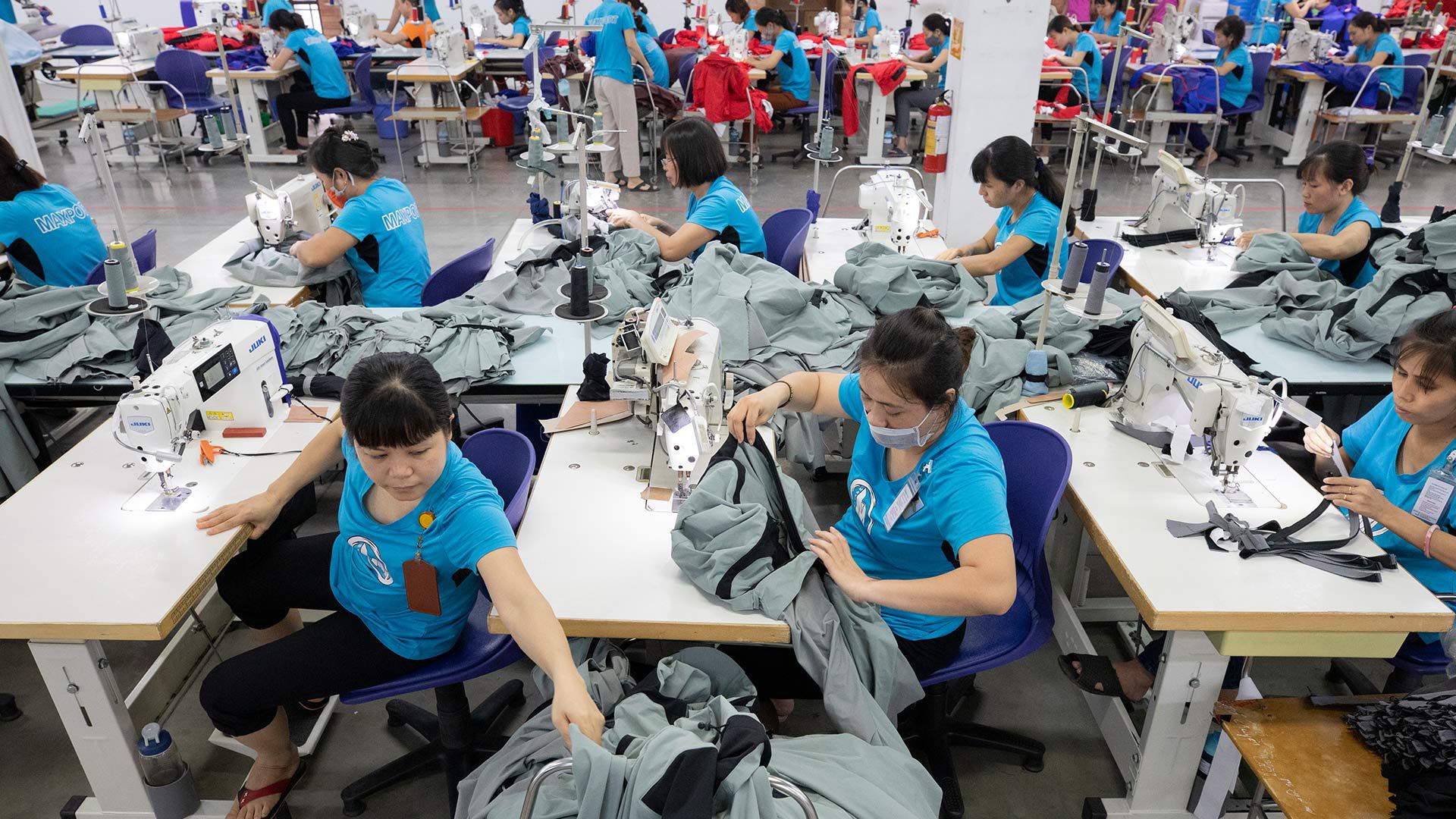Nicholas Stokes—known as Jef—is the founder and Chief Executive Officer of Maxport Limited, a Vietnam-based sportswear manufacturer that supplies to top global brands such as Nike, Lululemon, and Spyder. Maxport is one of only seven companies in Vietnam and 200 large organizations globally to earn global certification under a gender equality initiative called EDGE, or Economic Dividends for Gender Equality. It’s a process that involves action to close the workplace gender gap, by measuring issues such as a company’s gender balance, pay equity, and effectiveness of policies. IFC partnered with Maxport Limited to implement gender-smart solutions aimed at reducing staff turnover and unplanned absenteeism. The initiative has helped the company save up to half a million dollars a year in production costs. It has also supported Maxport’s effort to build a management pipeline by developing career pathways and training. Camille Funnell spoke to Jef at his factory in Hanoi—a facility surrounded by tropical plants and fruit trees, and where employee benefits include free meals, yoga, and Zumba classes.
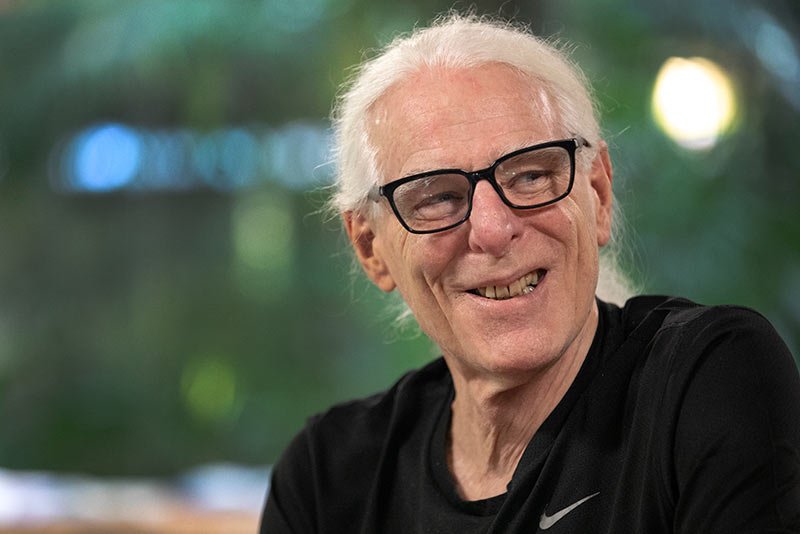
Nicholas Stokes—known as Jef—is the founder and Chief Executive Officer of Maxport Limited.
“I personally like engaging with my workforce—because they are my main asset. It’s not the machinery. The question should be: is your workforce happy in what they do? Are they being fulfilled? I think bosses on this side of the world should begin to look at that. Think of 6,000 people, all with families. They have the same dreams as you and I. There’s no difference if you are a Vietnamese person coming from a rice farm or an Australian girl living in a city. We’re all different types of people, but we all have families. It’s about families and about raising the kids—and making sure they have a better life.
So, we as owners of enterprises that have 6,000 people who cannot lift themselves to the next level have an obligation to at least try and help them. I have the right to make money as I set it up. But I also have the obligation not to make it like a slave labor camp. So whatever initiatives we can do about developing that human potential, I embrace wholly.
The garment business is traditionally all about cheap labor. Design and the selection of raw materials is traditionally handled by the customers. They set it all up and bring it to Asia, and they find the cheapest source and away they go.
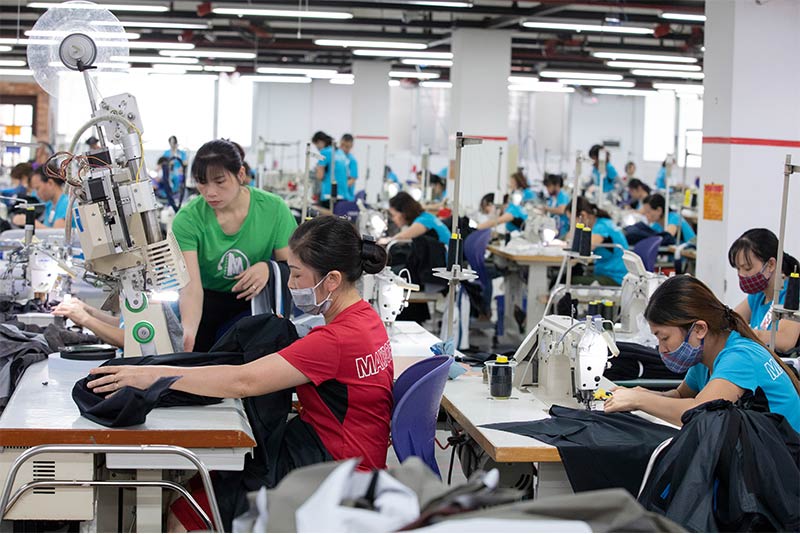
With most of its workers between the ages of 18 and 26, Maxport plans to provide childcare.
I never did agree with that model. So, to get my competitive advantage in the beginning, I went after the high-end products. And from that, to bringing in the design and then more of what we call the added-value of being able to make samples—the more creative side of it.
What we have done is build up a very good team who is able to execute. We’ve gone from not making samples to have the designers arrive here and then hand over technical documents, and our teams will build a physical sample, while the designers wait here. I’ve never thought of it as a case of creating more and better jobs. But in hindsight, it seems to be the case now.
As I come into contact with other people from the industry, it appears that we are doing things a little bit differently. You can use a broad brush and it’s pretty much all the same—it’s mass manufacturing. It’s terrible. It’s a whole bunch of young women sitting at a sewing machine for eight or nine hours a day, doing repetitive work. It’s got to be demoralizing. There’s got to be more to life than that.
With the first staff survey, we spent a couple of weeks explaining EDGE to everyone. It was a really good idea, rather than simply saying “here it is, fill it in” because no one really tells the truth in those surveys. And because we have been engaging with the employees for the last three years, they are not hesitant to tell me what they want or to tell me the truth about what’s going on or about their feelings. They should. We need to hear that.
The results were fantastic. We were getting whole pages of responses. It was a good sign. Once we have a bunch of people embracing management, you are already in a much better position than other factories surrounding you, because you have the staff’s buy-in to the organization. The garment business is extremely competitive.
Through our surveys, it is clear that childcare is an issue. Women are missing work because of childcare responsibilities. You are losing productivity. I am ashamed to talk about it like that, but you are losing productivity. Imagine one production line has 40 women and two are missing, so everything stops because of that. We have another way [to fix the situation] which is to have a “super team” that plugs in the holes, but what is needed to have more of a robust system to take care of the extended family. And why not?
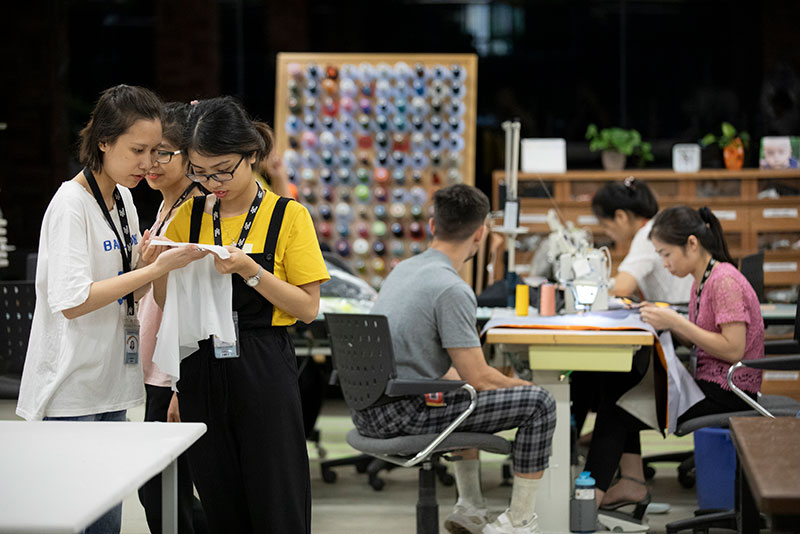
The EDGE certification helps Maxport stand out as an employer of choice.
When I first came to Vietnam 30 years ago, every factory had a childcare center. And then owners saw it as cost ineffective. But if you look at the demographic of the workforce today, 60 percent are between 18 and 26 years of age. They are having children. So that’s a big chunk of your workforce that is moving through your organization—people who are often absent, not well, or having something going on. So why not embrace childcare?
We can make it more interesting for our workers. So, a couple of days a year we have open days at the factory. I took this idea from Australia. Everyone brings their families. The mums and dads then know where their daughters are working. We have forests, nice vegetarian meals, and all of that in our factories. And we just put air-conditioning in all of the factories. It’s hot.
My long-term objective is to make my own city within the factory—so there is childcare and more. By law we are required to provide health care but it’s at a very rudimentary level. I would like to extend that—offer dental care for example. It’s a way in which you can embrace your workforce and that way you have buy-in to the organization.”
Published in March 2020
